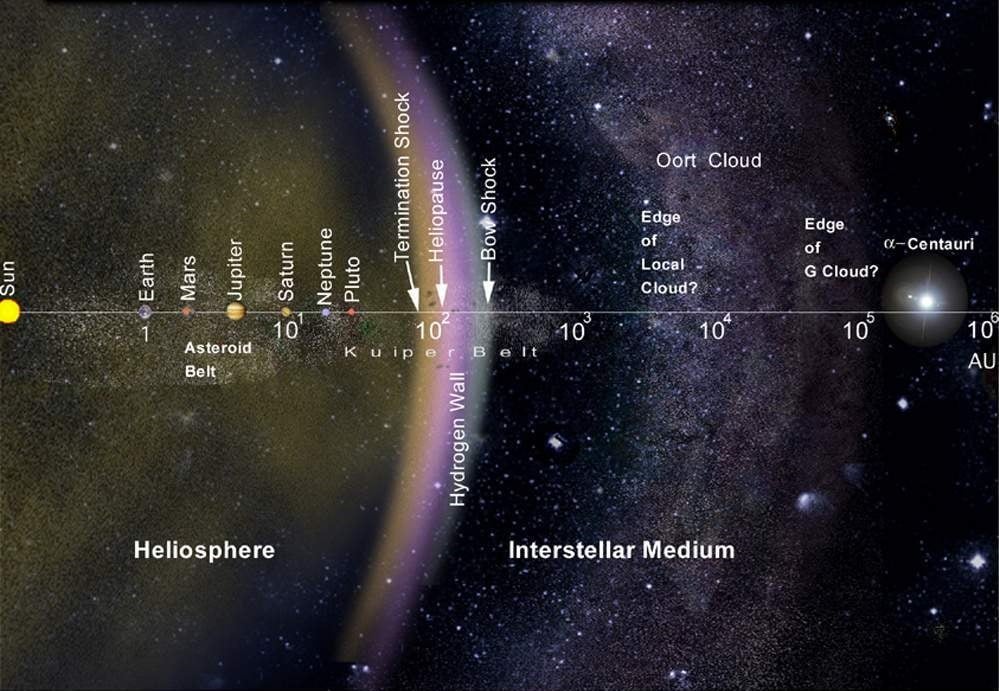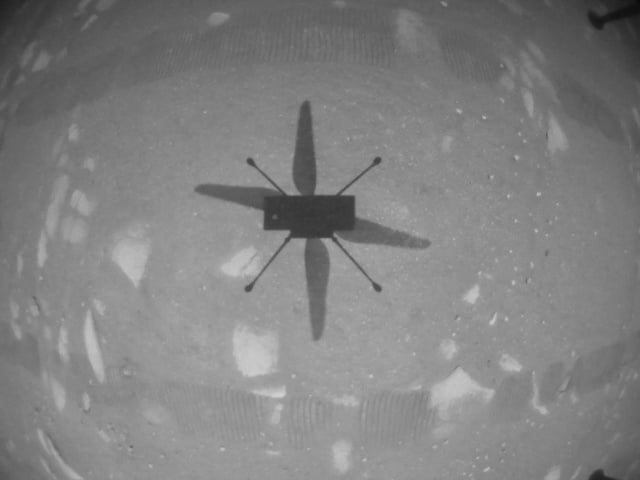
Due to protests filed by Blue Origin and Dynetics, NASA has called for a stop-work order on the SpaceX Human Landing System (HLS).
Continue reading

Continue reading

Continue reading

According to a new animation, it appears that China is hoping to build a Starship of its own, one that can provide intercontinental flights for paying customers.
Continue reading

Continue reading

If there are aliens out there, they probably aren't in the central region of our galaxy.
Continue reading

Continue reading

New research shows how a subsurface glacier in the Arcadia Planitia region of Mars would make an ideal landing site for a crewed mission.
Continue reading

Continue reading

Continue reading

A new study confirms the existence of dark energy with stunning accuracy.
Continue reading

The Ingenuity Mars Helicopter just completed its third test flight and set new records for traveling farther and faster than ever before.
Continue reading

Continue reading

Continue reading

Continue reading

Continue reading

A new study by SETI researcher Michael Hippke suggests that we look for advanced species by trying to spot signs of quantum communications
Continue reading

A red giant star may have a black hole companion that is only three solar masses in size.
Continue reading

The evolution of cosmic expansion could be measured by a new method using intensity correlation speckles.
Continue reading

Using data obtained by the Cassini probe, NASA Fellow Dr. James O'Donoghue created this stunning visual of Saturn's rings.
Continue reading

A new international research effort observed a massive solar flare from Proxima Centauri, which indicates (yet again) that its not a habitable system.
Continue reading

Continue reading

Continue reading

Blue Origin is once again feeling momentum after the latest successful flight of their New Shepard launch vehicle.
Continue reading

Continue reading

Time to catch comet C/2020 R4 ATLAS… while you can.
Continue reading

Another 3D graphic artist has a proposal for Musk: to "catch" the Starship using a special launch tower, kind of like they want to do with the Super Heavy.
Continue reading

A study of rotating black holes show that some spin so quickly because dark matter particles haven't slowed them down.
Continue reading

Continue reading

NASA has selected SpaceX to develop the Human Landing System (HLS) that will bring the "first woman and next man" to the Moon in 2024!
Continue reading

Continue reading

Continue reading

Continue reading

Continue reading

The results of the first run of the Muon g-2 experiment at Fermilab indicate that there could be physics beyond the Standard Model that we simply haven't seen yet!
Continue reading

Continue reading

Continue reading

Binary black holes lens light so strongly it's difficult to simulate how they would appear. A new simulation shows us how strange and complex it can get.
Continue reading

Continue reading

Continue reading

Continue reading

A new collaborative study has shown that nuclear explosions could be used to deflect asteroids, protecting Earth from cataclysmic impacts.
Continue reading

Oxygen could indicate presence of life on another world, but for red dwarf planets finding oxygen isn't enough.
Continue reading

Continue reading

A new study turns modern 'deep learning' techniques on Galileo's early sketches of the Sun.
Continue reading

Continue reading

NASA's SHERLOC and WATSON, two spectrometers designed to look for biosignatures, could answer if there's life on Mars on inside the Solar System's icy moons.
Continue reading

Continue reading

After examining data from the Gaia Observatory, a team of researchers found 12 more examples of the rare phenomenon known as "Einstein Crosses."
Continue reading

Some brown dwarfs rotate so fast that they are flattened spheres. If they rotate any faster they might fly apart.
Continue reading

 Universe Today
Universe Today
















































